Should You Ditch Your Dryer This Summer? A Pro’s Honest Answer
Every year, as soon as the weather gets warm, the same question pops up. Friends, neighbors, you name it—everyone wants to know, “Should I stop using my dryer to save money?” And honestly, it’s a fair question. The classic thinking is that line-drying is the only way to go in the summer. It’s free, it’s traditional, and it feels right.
In this article
But here’s the thing I’ve learned after countless service calls: it’s not that simple. A modern clothes dryer is a pretty sophisticated piece of equipment. When you use it correctly, it’s more than just a convenience. It’s a key player in taking care of your fabrics, keeping your home hygienic, and believe it or not, ensuring your safety. Giving it up completely can have some real downsides people don’t often think about.
So, the real debate isn’t about using your dryer versus not using it. It’s about understanding how to use it intelligently.
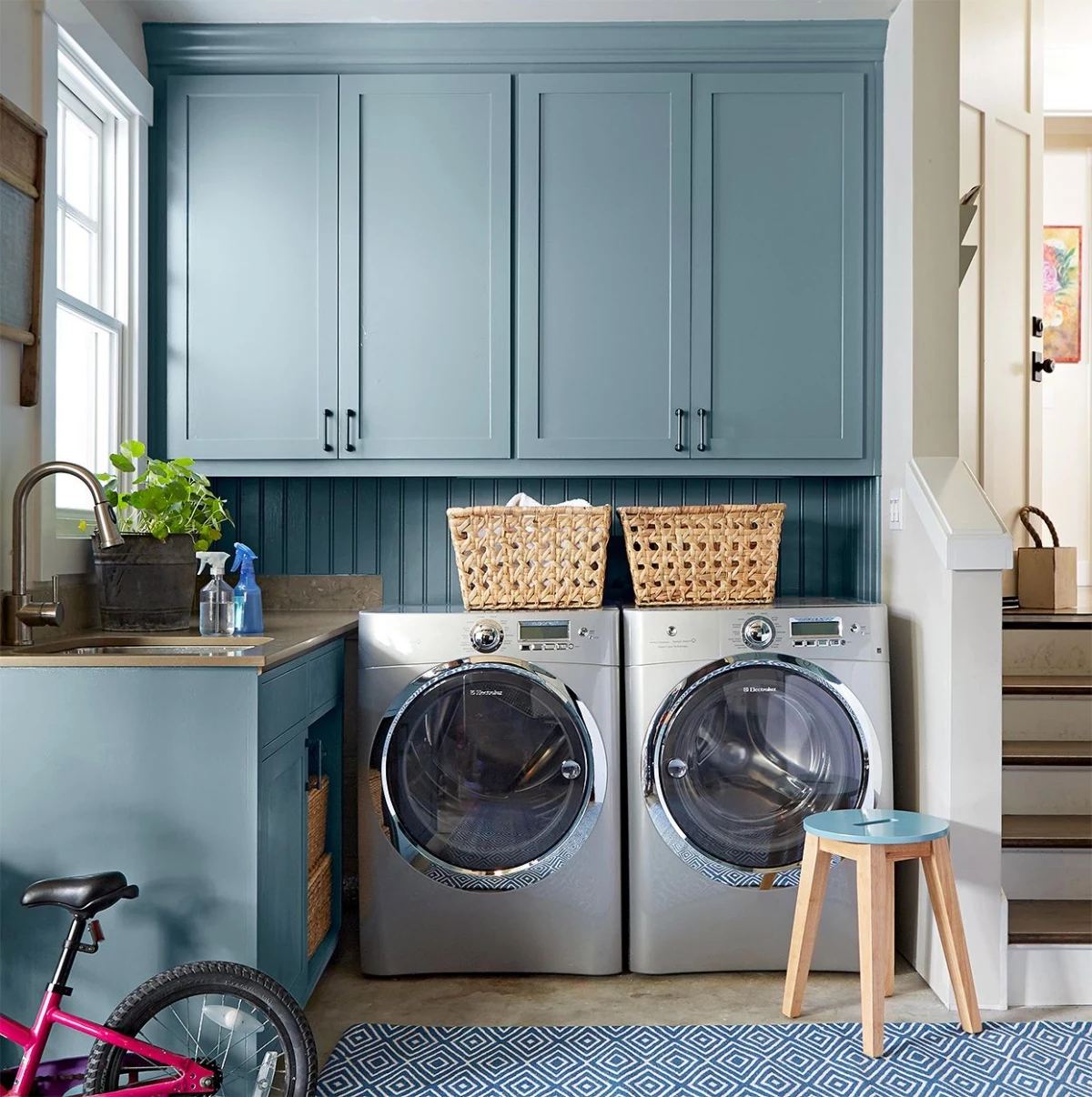
What Your Dryer Is Actually Doing
To get the most out of your machine, you have to know what’s going on inside that big metal box. Most people think it’s just heat, but it’s really a balancing act between three critical things. If one of them is off, the whole system struggles, leading to crazy-long drying times and wasted energy.
1. Heat: The Evaporation Engine. This is the obvious part. Heat turns the water in your clothes into steam. Most standard cycles run between 125°F and 135°F, which is the sweet spot for efficiency and safety for fabrics like cotton. High heat settings can push that up to 150°F, which is great for sanitizing towels but can wreck delicate clothes.
2. Tumbling: The Mechanical Action. As the drum spins, it lifts your clothes and lets them fall through the warm air. This is crucial for separating everything and exposing all the wet surfaces. Without it, you’d just have a hot, steamy pile of laundry with scorched outsides and a damp core. By the way, this tumbling action is what keeps clothes soft. Line-dried clothes get stiff because the fibers lock together as they dry motionless. Tumbling keeps them separated and fluffy.
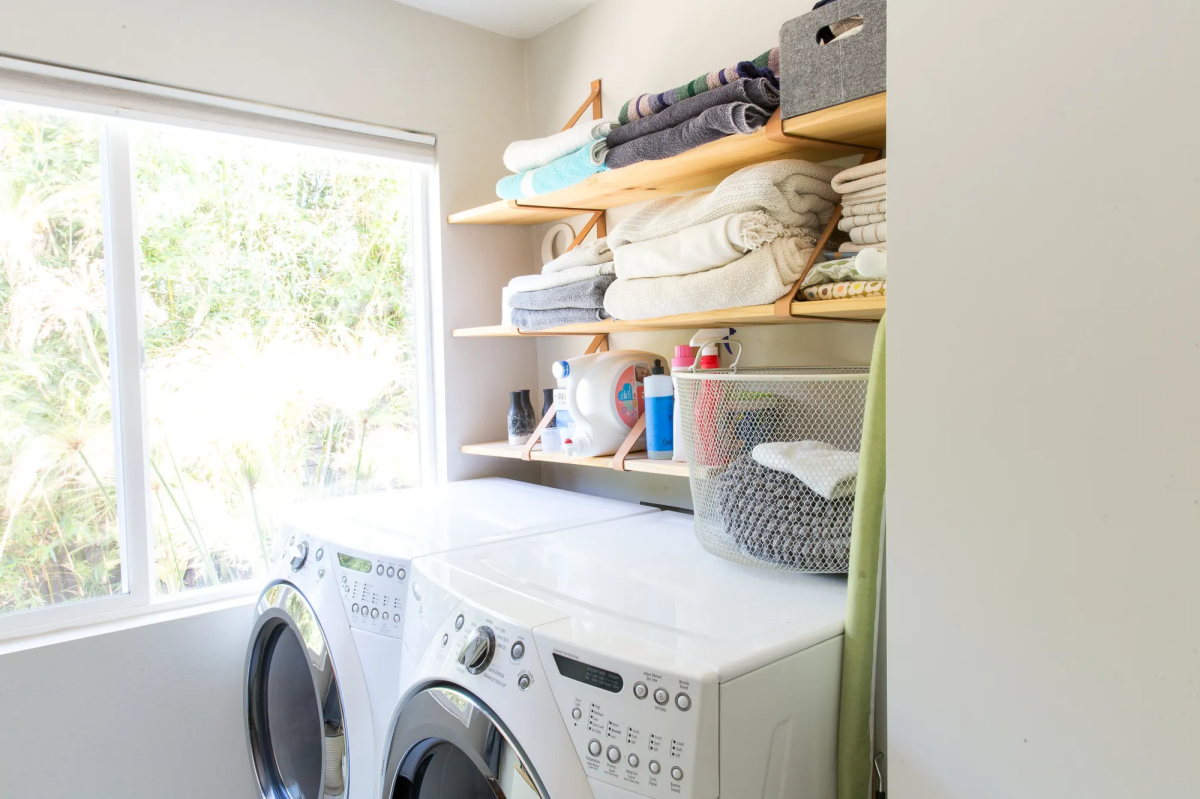
3. Airflow: The Unsung Hero. And here we have it—the most important and most overlooked part of the process. Your dryer is basically a powerful fan with a heater attached. It pulls in cool, dry room air, heats it up, pushes it through the clothes to pick up moisture, and then—this is key—it blows that hot, wet air outside through the vent. If that airflow is blocked, you’re just tumbling clothes in a warm, humid fog. From my experience, 90% of calls for a “dryer that’s not drying” aren’t about a broken heater. They’re about a clogged vent. It’s the number one cause of inefficiency and, more importantly, the number one cause of dryer fires.
My Top 5 Dryer Hacks to Save Time and Money
You can seriously slash your dryer’s energy use with a few pro habits. These are the tricks I share on every service call that make your machine work smarter, not harder.
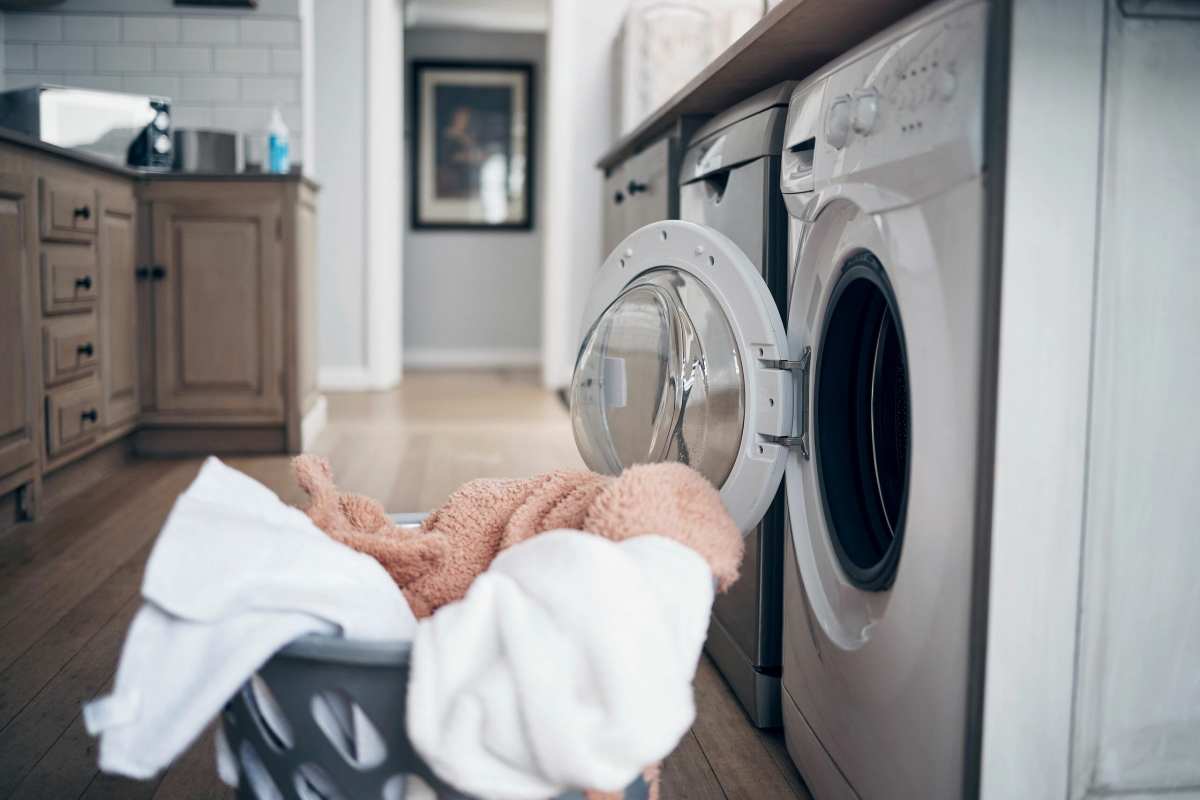
- Use Your Washer’s Spin Cycle. It’s way cheaper to remove water with centrifugal force than with heat. An extra minute on a high-speed spin can save you five minutes of drying time. Your clothes should feel damp, not sopping wet, when they go in.
- Sort by Weight, Not Just Color. Heavy towels and lightweight shirts don’t belong together in the dryer. The light stuff will dry first, tricking the moisture sensor into ending the cycle while the towels are still damp. Separate loads are much more efficient.
- Always Use the “Automatic Dry” Setting. “Timed Dry” is a huge energy waster because it runs for a set time, period. Let the moisture sensor do the work. It knows exactly when your clothes are dry and shuts the machine off.
- Clean Your Moisture Sensor. Speaking of which, if you find your auto-dry cycle isn’t working well, residue from dryer sheets is likely the culprit. The sensor is usually two long, thin metal strips, often on the back wall of the drum or near the lint filter housing. Once a month, just give them a quick wipe with a cotton ball and some rubbing alcohol. That’s it!
- Check Your Outdoor Vent Flap. Try this 30-second test: Turn your dryer on and go outside to the vent cover. Is the flap opening wide and flapping strongly? Great. Is it barely moving or clogged with visible lint? You’ve just found your problem.
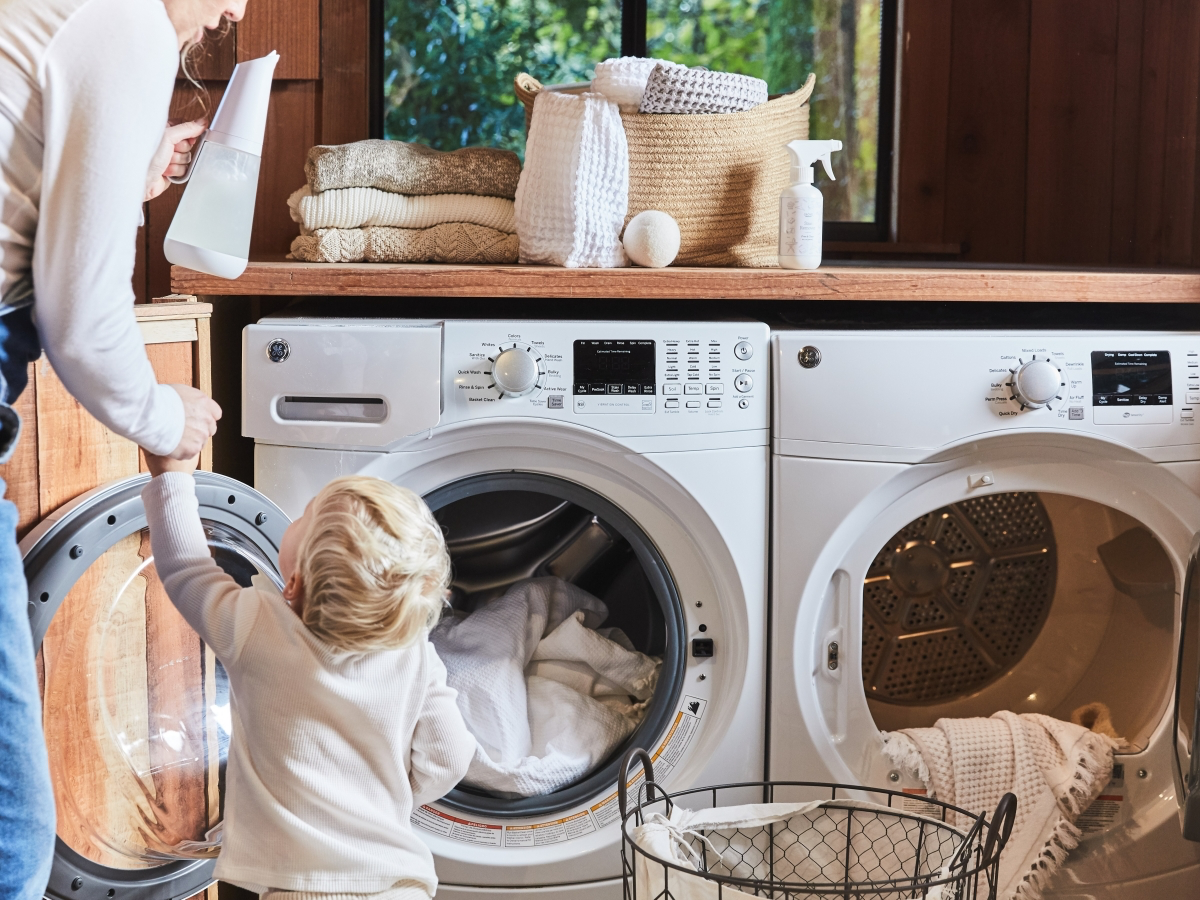
The Case for Health and Protecting Your Clothes
Beyond convenience, using a dryer has some real benefits for your health and the lifespan of your clothes, especially when you have family members with sensitivities.
Sanitizing for a Healthier Home
Washing in cold water is fantastic for saving energy, but it doesn’t kill off many germs and allergens. Dust mites, for example, need to be exposed to temperatures over 130°F for at least 15 minutes to be eliminated, something a standard dryer cycle does easily.
Heads up! Line drying can actually make allergies worse. As your clothes hang outside, they become a magnet for airborne pollen and mold spores. You then bring all those irritants right into your house. A quick 20-minute tumble in the dryer, even for clothes that are mostly dry from the line, can help remove those surface allergens and make a huge difference.
Shielding Fabrics from Sun Damage
The sun is a powerful force. While it’s great for bleaching whites, its UV radiation is brutal on fabrics. It causes bright colors to fade and degrades delicate fibers, especially elastics. (This is why your favorite athletic wear loses its stretch after being line-dried all summer). A dryer is a controlled environment with no UV exposure, making it a much better choice for preserving your expensive, delicate, and brightly colored items.

The Real Deal on Energy Costs
Okay, let’s talk about the bill. A modern electric dryer costs about 50 cents per load to run, assuming an electricity rate of $0.15 per kWh. A gas dryer is even cheaper, often around 20-30 cents per load. These are not budget-breaking numbers. But if a clogged vent doubles your drying time from 45 minutes to 90 minutes… well, you’re literally throwing money out the vent. I’ve seen a simple vent cleaning cut a dryer’s run time in half. You’re not just preventing a fire; you’re saving real cash.
A quick tip: Check if your utility company has Time-of-Use rates. Power is often cheapest late at night, sometimes less than half the price of peak afternoon hours. If so, using your dryer’s “delay start” feature to run it after 9 PM is a brilliant move.
A Word on New Tech: Heat Pump Dryers
You might be hearing more about heat pump dryers these days. They’re a different beast altogether. Instead of venting hot air outside, they work like a closed-loop dehumidifier, recycling heat. The trade-off is pretty straightforward:
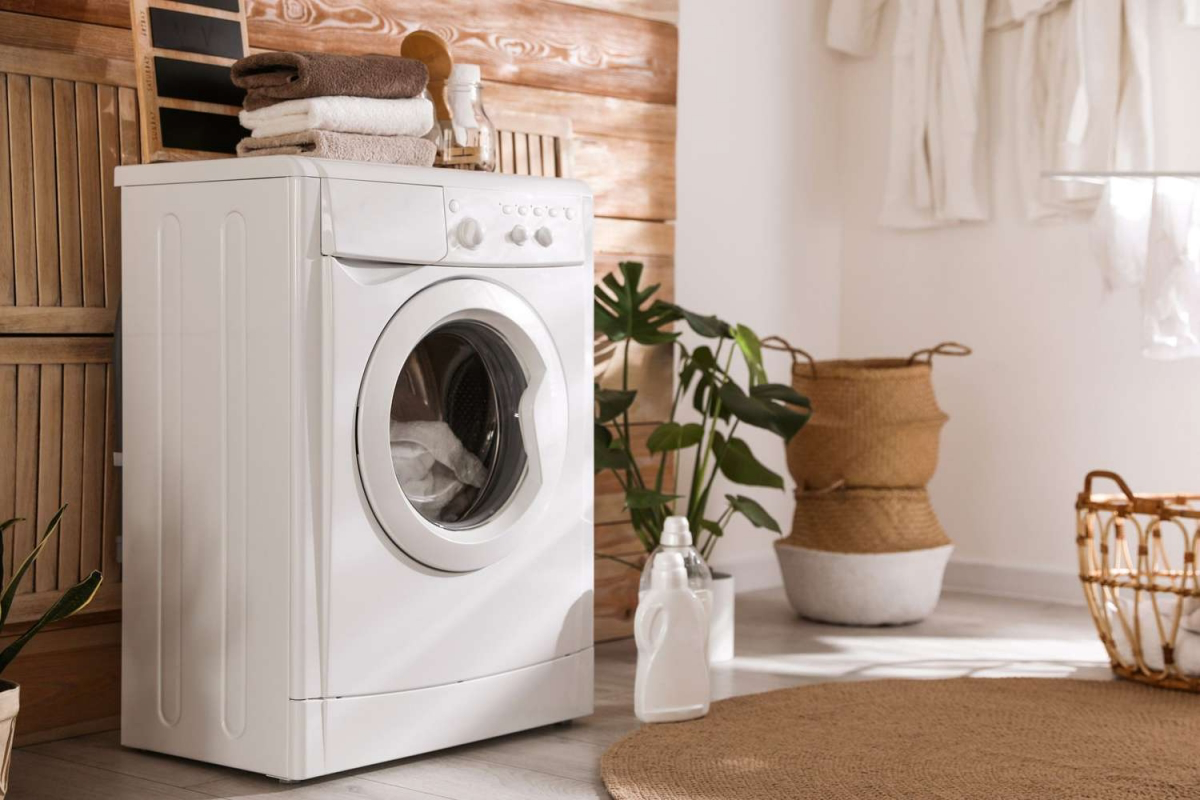
A conventional vented dryer has a lower upfront cost, typically starting around $500, and dries clothes faster. However, it uses much more energy.
A heat pump dryer, on the other hand, has a higher price tag, usually $1,000 or more. But it uses 50-60% less energy, which adds up to significant savings over time. The downsides are that it can take twice as long to dry a load, and you have to empty a water collection tray (or hook it up to a drain). They’re a fantastic option for energy-conscious households or for places where venting outside is difficult or impossible.
A Pro’s Guide to Dryer Safety & Maintenance
My number one concern is always safety. Fire safety experts report that failure to clean is the leading cause of the thousands of house fires involving clothes dryers each year. And nearly all of them are preventable.
Lint is the enemy. It’s finely shredded, highly flammable fabric. You clean the filter after every load (you do, right?), but that screen doesn’t catch everything. Lint builds up deep inside the vent duct, creating a serious fire hazard. At least once a year, you need to clean that entire vent system. Put a reminder in your phone to do it every spring when you check your smoke detector batteries.
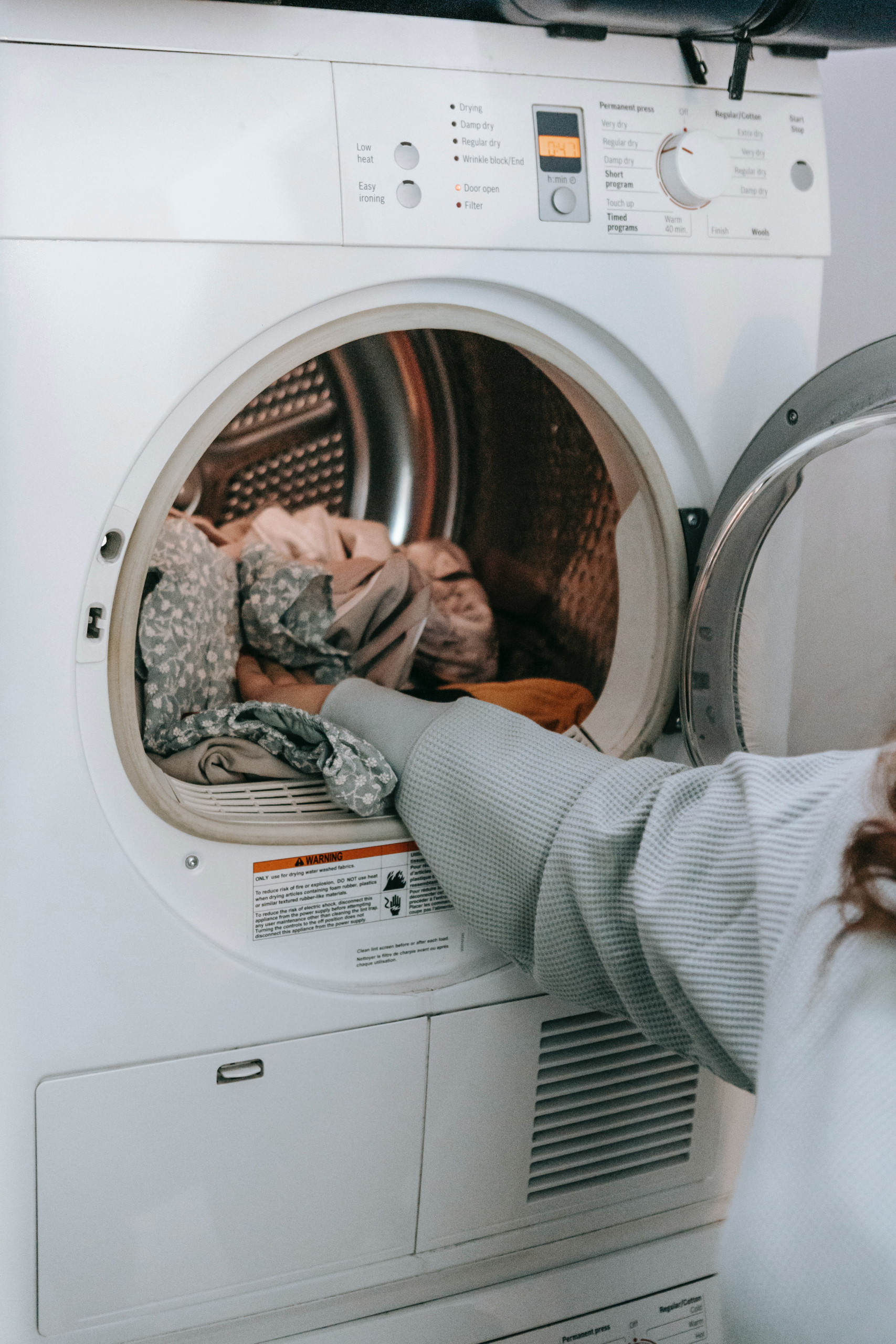
If you have a short, straight vent, you can probably do it yourself. You can find a good vent cleaning brush kit at Home Depot or Lowe’s for between $20 and $40—just make sure it’s long enough for your duct! When you reconnect everything, use proper foil tape to seal the joints, NOT standard grey duct tape, which can dry out and fail.
You should call a professional, however, if your vent line is long, has a lot of turns, or goes up through the roof. A pro cleaning typically costs between $100 and $250 and is worth every penny for peace of mind. A heads-up for everyone: if the silver flex hose connecting your dryer to the wall looks like flimsy foil or plastic, replace it. It’s a major fire hazard and should be swapped for a semi-rigid or rigid metal duct.
Final Thoughts: Your Dryer is a Tool, Not a Villain
Thinking about your energy use is smart. But the conversation needs to be bigger than just turning your dryer off for three months. It’s a powerful tool. When you understand how it works, use it efficiently, and prioritize its maintenance, it becomes an incredibly valuable asset for your home.
So don’t let myths or bill-anxiety stop you from using it when it’s the right choice for the job. A clean, well-maintained dryer isn’t the energy monster it’s often made out to be. It protects your clothes, helps keep your family healthy, and gives you perfectly dry laundry, rain or shine.










